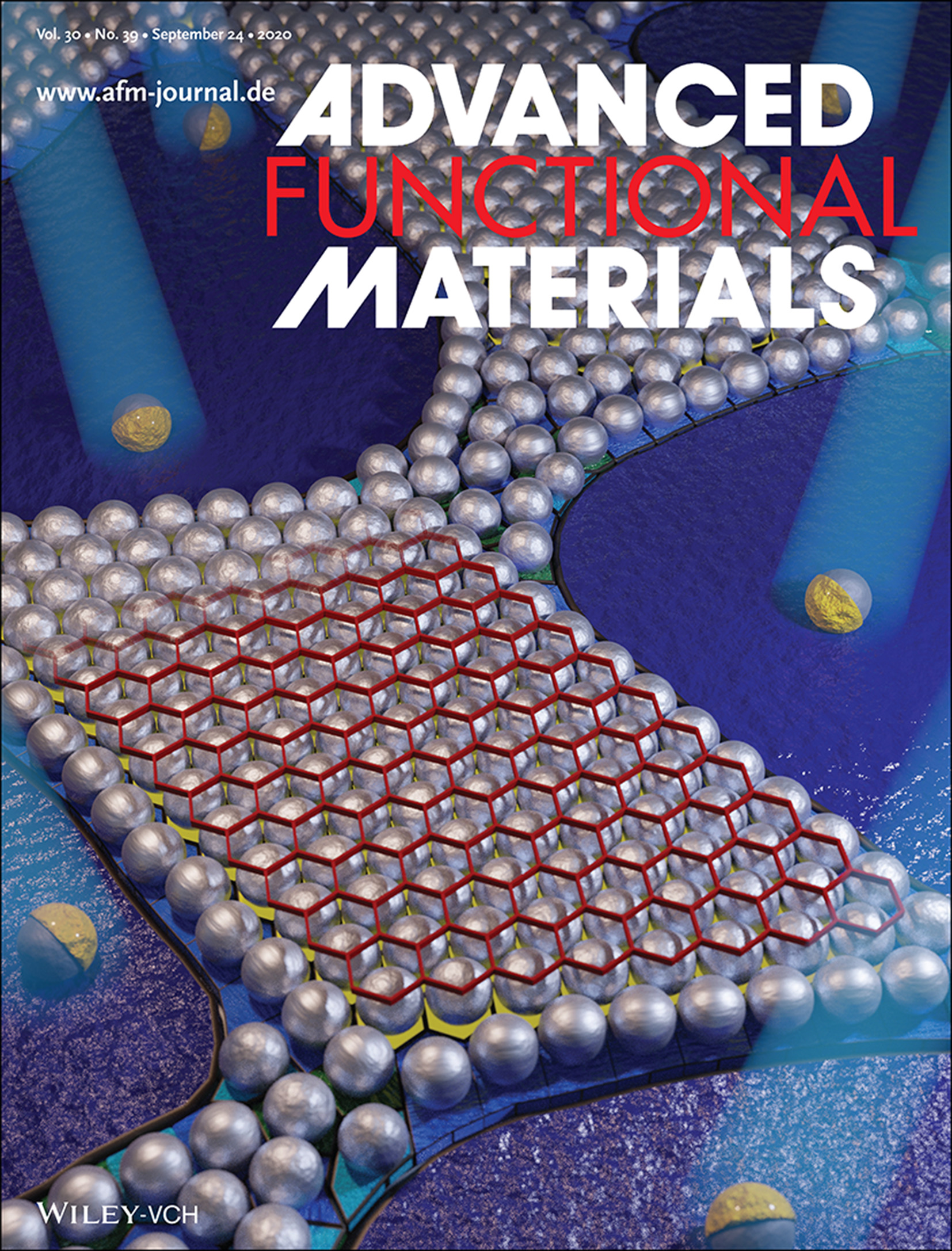Upon melting, the crystalline long-range order vanishes, turning the solid to a fluid. In contrast to this classical scenario of solid melting, here a counter-intuitive behavior of the occurrence of crystalline long-range order in an initially disordered matrix is demonstrated. This unusual solidification is demonstrated in a system of passive colloidal particles accommodating chemically active defects—photocatalytic Janus particles. The observed crystallization occurs when the amount of active-defect-induced fluctuations (which is the measure of the effective temperature) reaches critical value. The driving mechanism behind this unusual behavior is purely internal and resembles a blast-induced solidification. Here, the role of “internal micro-blasts” is played by the photochemical activity of defects residing in the colloidal matrix. The defect-induced solidification occurs under non-equilibrium conditions: the resulting solid exists as long as a constant supply of energy in the form of ion flow is provided by the catalytic photochemical reaction at the surface of active Janus particle defects. The findings could be useful for the understanding of the phase transitions of matter under extreme conditions far from thermodynamic equilibrium.

Upon melting, the crystalline long-range order vanishes, turning the solid to a fluid. In contrast to this classical scenario of solid melting, here a counter-intuitive behavior of the occurrence of crystalline long-range order in an initially disordered matrix is demonstrated. This unusual solidification is demonstrated in a system of passive colloidal particles accommodating chemically active defects—photocatalytic Janus particles. The observed crystallization occurs when the amount of active-defect-induced fluctuations (which is the measure of the effective temperature) reaches critical value. The driving mechanism behind this unusual behavior is purely internal and resembles a blast-induced solidification. Here, the role of “internal micro-blasts” is played by the photochemical activity of defects residing in the colloidal matrix. The defect-induced solidification occurs under non-equilibrium conditions: the resulting solid exists as long as a constant supply of energy in the form of ion flow is provided by the catalytic photochemical reaction at the surface of active Janus particle defects. The findings could be useful for the understanding of the phase transitions of matter under extreme conditions far from thermodynamic equilibrium.
